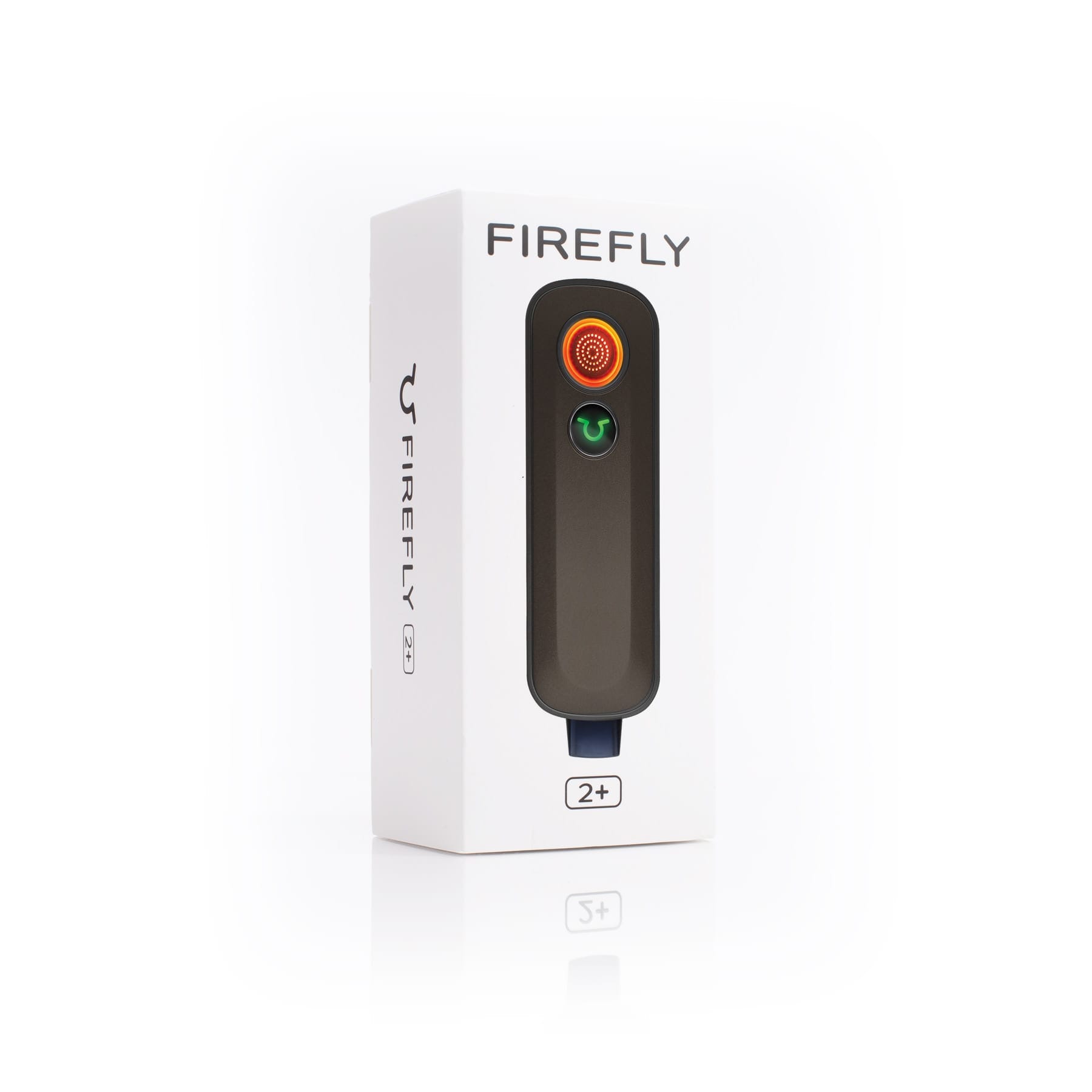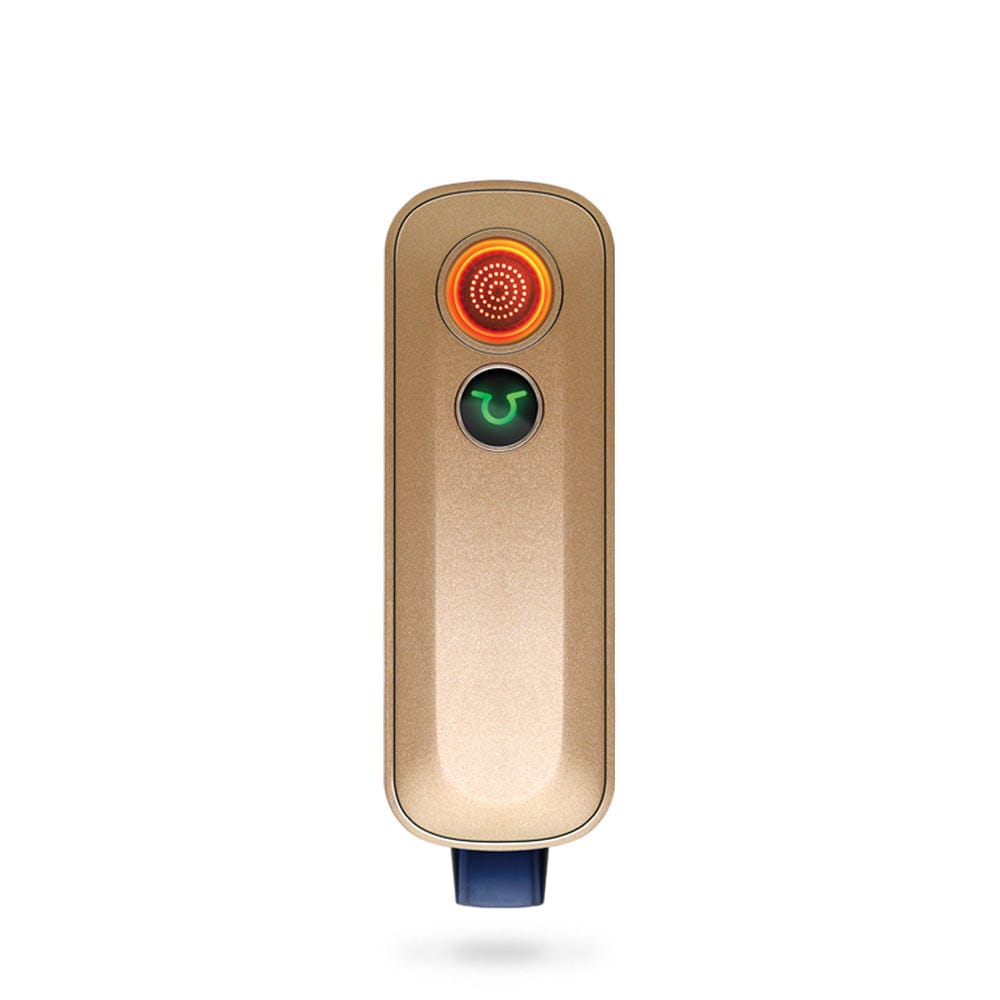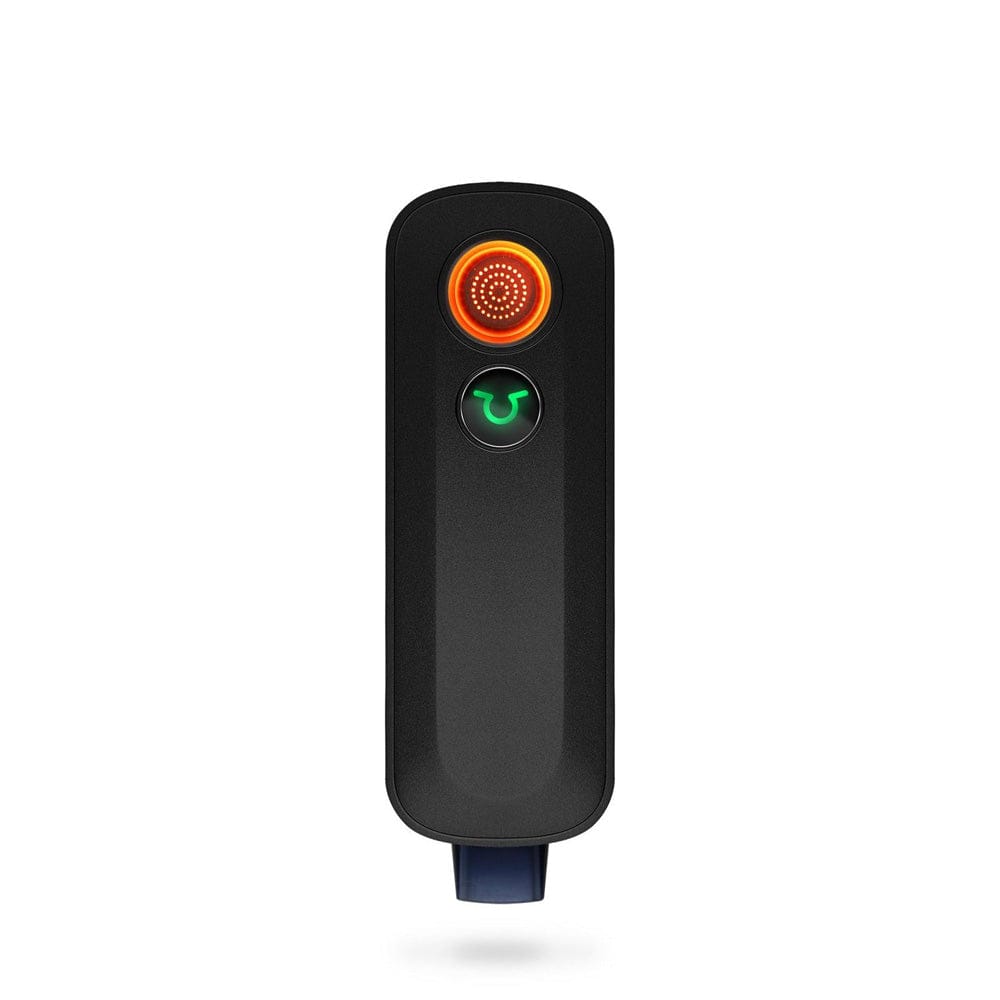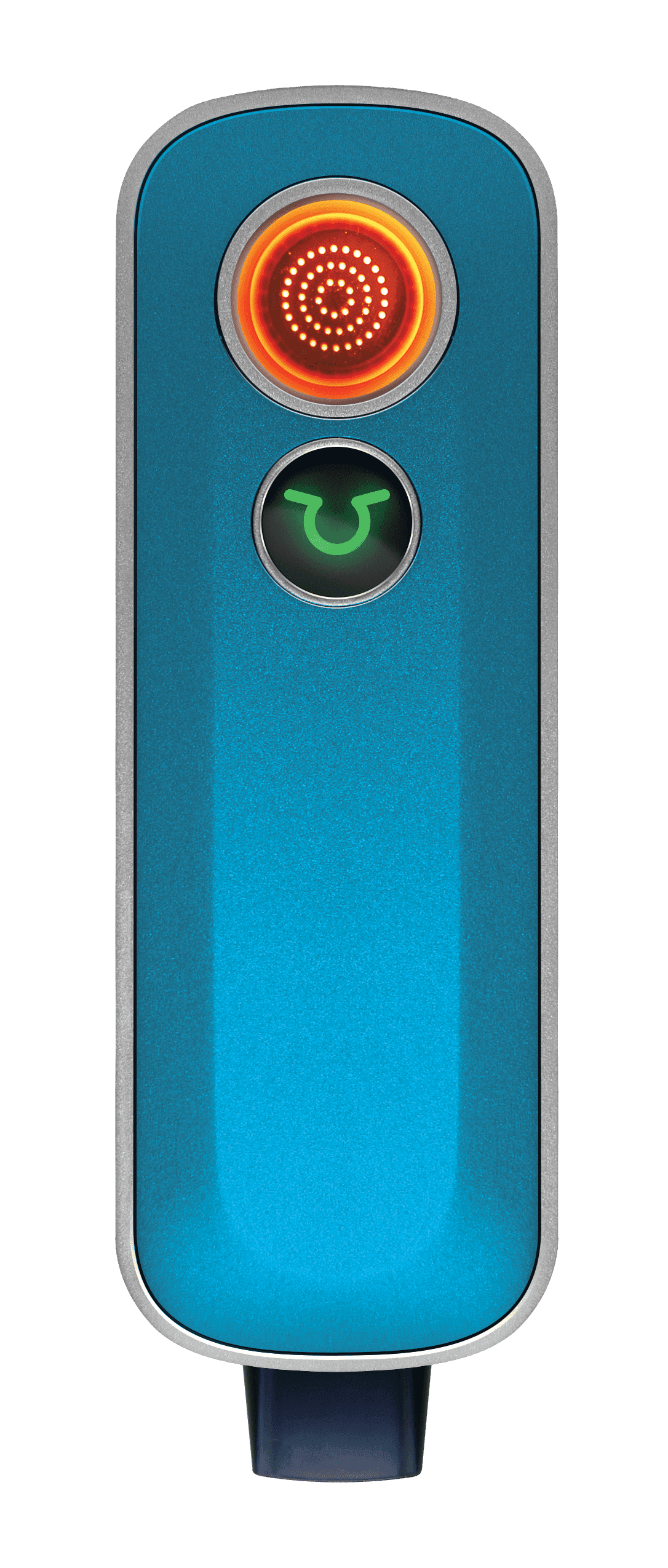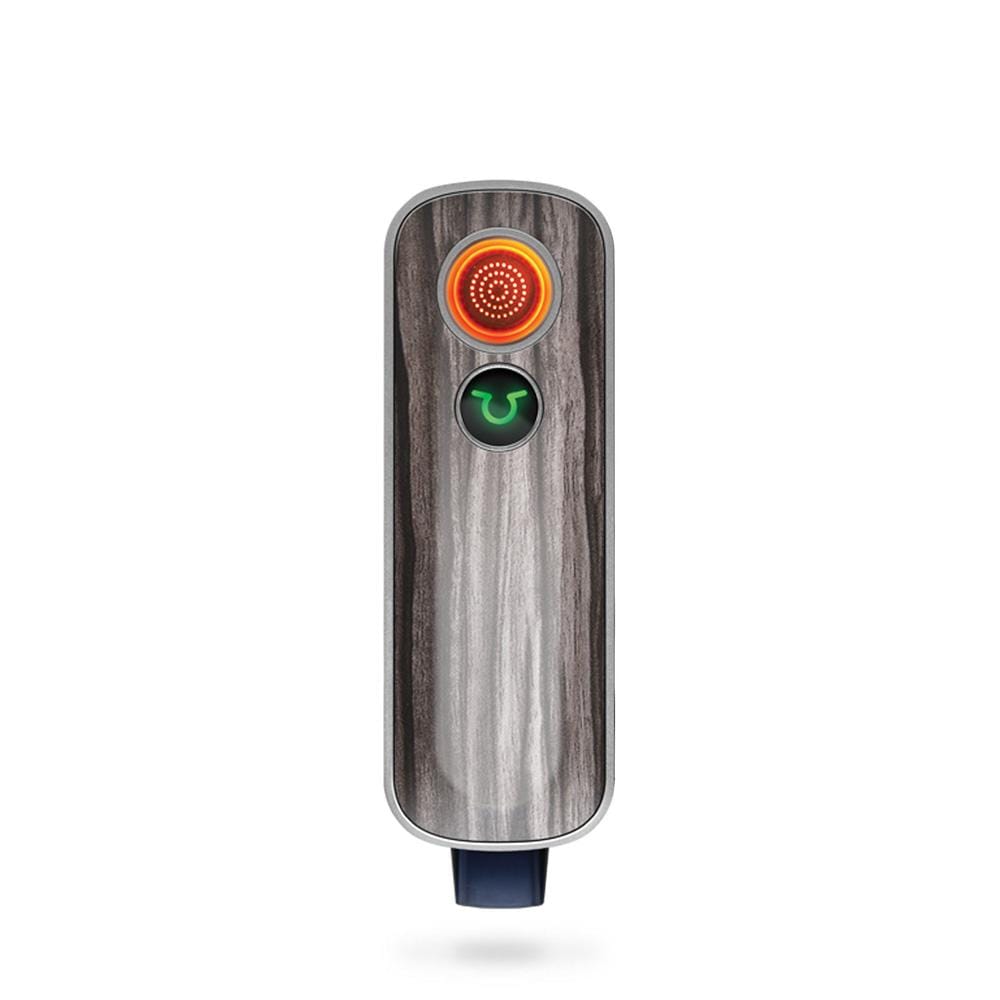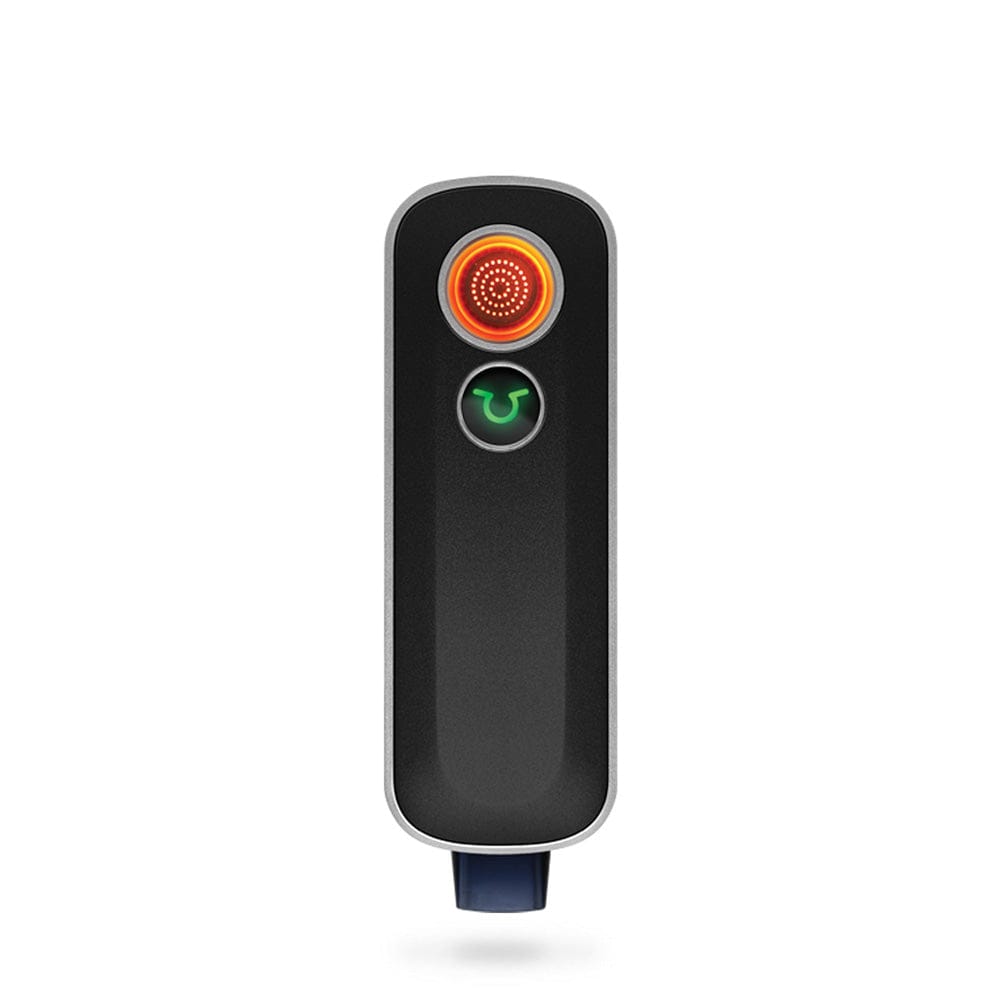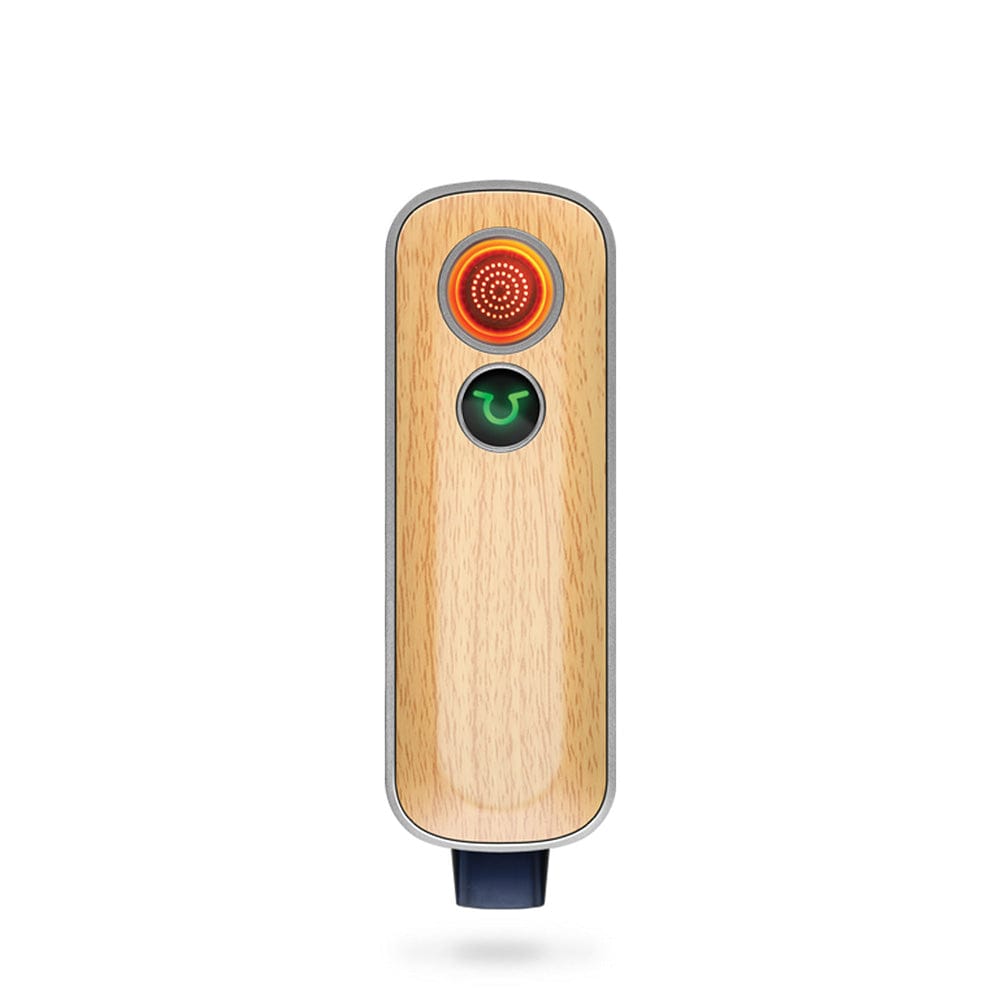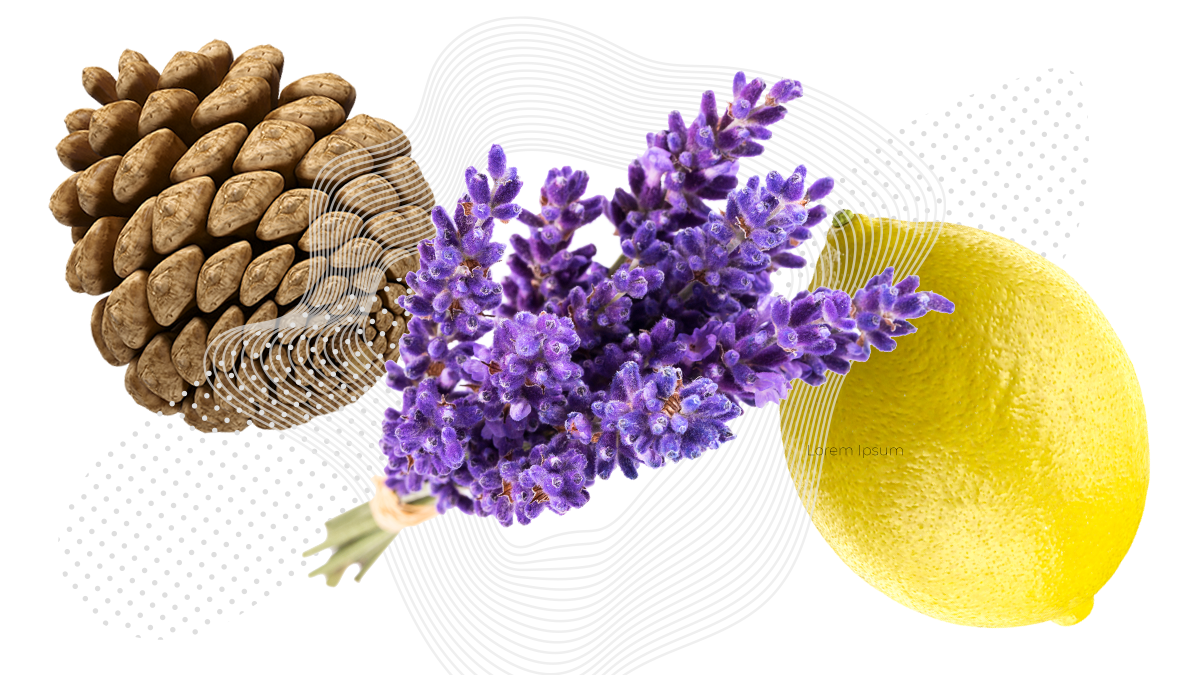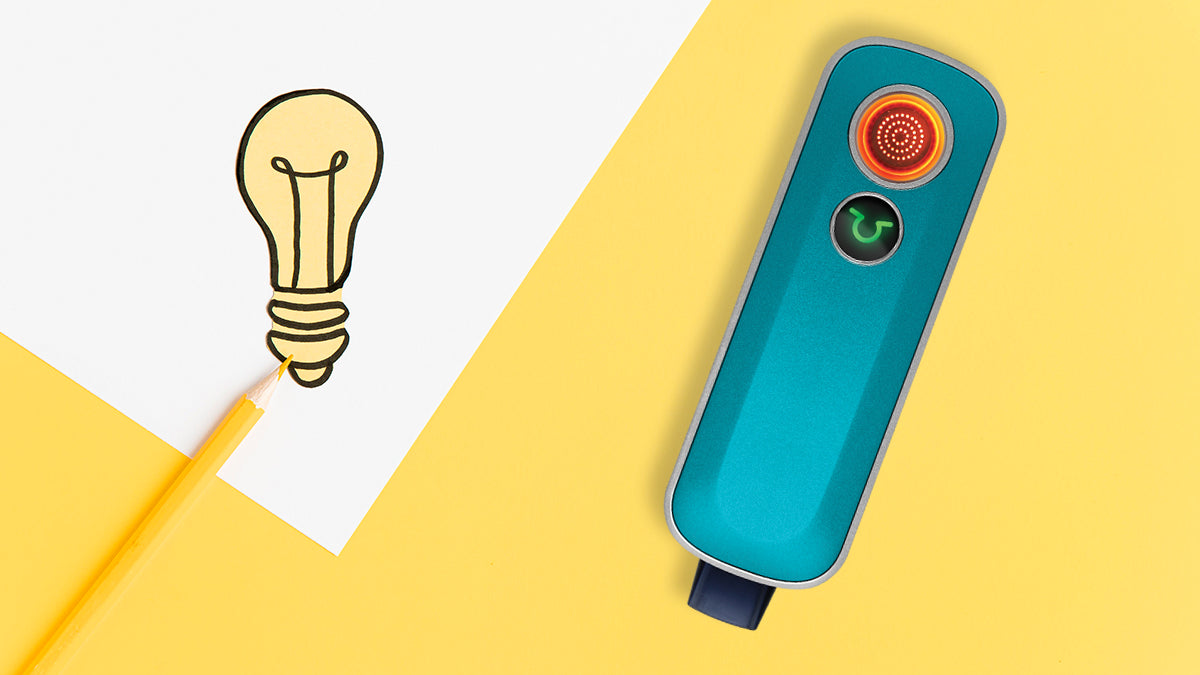In this article you’ll learn:
- What are cannabinoids?
- What is the endocannabinoid system and how does it actually work in the body?
- What are health benefits and risks of supplementing our system with cannabinoids?
- Do all cannabinoids get you “high”?
- What is the “entourage effect”?
- What is the latest research on cannabinoids, their use and effects?
- What’s the best way to take cannabinoids?
What Are Cannabinoids?
Cannabinoids are a group of natural compounds that interact with our body’s internal communication system, known as the endocannabinoid system. Cannabinoids control many parts of the body, from nerve function to immune system, to ensure that our body maintains homeostasis (or balance). Homeostasis means that all systems are functioning normally in the body. A functioning endocannabinoid system is essential for a healthy body.

Cannabinoids are made by our bodies and by plants. Cannabis is the plant that produces the most cannabinoids; popular phytocannabinoids you may recognize include THC and CBD, but these are not the only cannabinoids, in fact there are over 65 naturally found in cannabis. As our understanding of cannabinoids’ influential role in a healthy body becomes clearer, more specific benefits of cannabis are being explored.
It’s important to note that cannabinoids are not found only in cannabis. Technically, the word cannabinoid refers to every chemical substance, regardless of origin, that connects to the cannabinoid receptors of the body. In the early 90s, a naturally occurring compound that bound to cannabinoid receptors in the brain was discovered, “anandamide.” Anandamide and other similar cannabinoid-like compounds are referred to as endocannabinoids, because they naturally occur within the body. Yes, our bodies are made to interact with cannabinoids!
Put simply, cannabinoids control how our body's cells communicate with one another.
The endocannabinoid system is an intricate network of internal communication. Put simply, cannabinoids control how cells communicate with one another, particularly within the brain and central nervous system. Cannabinoids are molecules that either carry or direct signals, or messages, between the body’s cells. We break down exactly how this works later.
Cannabinoids are not to be confused with another buzzworthy cannabis term, “terpenes.” Terpenes are natural chemicals produced by plants, trees, fruits and herbs and are also known as “essential oils”; terpenes give specific tastes and aromas, and provide certain health benefits, especially when working together with cannabinoids. Cannabinoids, on the other hand, interact solely with specific receptors and neurotransmitters in the body.
Cannabinoids are found at the intriguing intersection of a mysterious yet pervasive natural system, modern science and medicine, and the growing popularity of cannabis consumption. Questions that we will explore include:
In order to understand cannabinoids and what they do, we must first look at how cannabinoids work in the body.
The Endocannabinoid System
Endocannabinoids and cannabinoid receptors form the endocannabinoid system, which influences a variety of bodily functions from neurotransmission, pain perception, cardiovascular, gastrointestinal, and liver functions. The endocannabinoid system is complexly intertwined with our immune system, regulating the body’s response to disease and inflammation.

A functioning endocannabinoid system is essential for health!
Since virtually all of the body’s internal communications are affected by the endocannabinoid system, cannabinoids form a literal bridge between body and mind. Endocannabinoids relay messages about the body from one system to another, such as alerting the immune system of invading bacteria, or using pain as a signal of injury or disease.
Your body needs to deliver a message from one area to another. How does it do this? By using an extensive relay system, think of it like a highway system.

Brain cells, neurons, communicate throughout the body by sending chemical messages, or signals. These signals coordinate everything we feel, think and do. Messages that are transmitted by chemicals called neurotransmitters travel across a small gap between brain cells, the synapse, and connect to neuron receptors on the adjacent neuron. This starts a chain reaction, where the message is relayed from neuron to neuron, cell to cell, until it reaches its intended part of the body.
Cannabinoids are retrograde neurotransmitters, meaning that they travel backwards in the body to the origin of the signal, called presynaptic cells. Our bodies naturally occurring endocannabinoids are created on demand based on the body’s feedback, helping regulate and creating equilibrium when something’s out of balance.
Cannabinoids can act in one of two ways. As agonists they initiate action; for example, when cannabinoids bind the receptor called CB1 (also known as the “bliss receptor”), they initiate the release of neurotransmitters like dopamine, serotonin and endorphins.
The other way cannabinoids behave as antagonists, where they inhibit or interfere with a body’s physiological response.

Another way to imagine how cannabinoids function is to picture a vast information highway, with messages and signals traveling throughout the body. Cannabinoids are like the traffic cops, slowing down some messages and letting others through, to control the flow of communication.

Homeostasis = a healthy and balanced body
This is how the endocannabinoid system regulates communications and responses within the body, but what’s the purpose? The endocannabinoid system’s purpose is to maintain homeostasis, a state of balance essential for health. A lack of homeostasis means that something is physically wrong. Sometimes, a body overreacts to triggers (disease, injury, or stress) and maintaining homeostasis is a constant struggle, resulting in autoimmune disorders.
Discovering the Endocannabinoid System
The endocannabinoid system is an amazing natural, biological system. Did you know that endocannabinoids are produced by almost every organism in the animal kingdom? The endocannabinoid system is present in all vertebrates--mammals, birds, reptiles, amphibians, fish, etc.--all produce endocannabinoids! Taxonomists have discovered that, in addition to being so widely present in nature, the endocannabinoid system is also incredibly old, having evolved over 500 million years ago.
In the 1990s, scientists first discovered human endocannabinoids, and began to realize that cannabis causes effects, in part, by mimicking our own endocannabinoids. Initial research first seemed to suggest that endocannabinoid receptors were only present in the brain and nerves, but scientists later found cannabinoid receptors to be found throughout the body, including skin, immune cells, skeletal muscle, blood vessels, and the list goes on.
![]()
Cannabinoids help all parts of the body function properly.
Since endocannabinoid receptors are located throughout the body, scientists now understand why cannabinoids can affect a variety of bodily processes, including pain, memory, mood, appetite, stress, sleep metabolism, immunity, and reproductive function. The cannabinoids in cannabis bind to our receptors, mimicking the effects of our naturally occurring endocannabinoids. Depending on the system affected and the symptoms exhibited, either stimulating or inhibiting certain receptors of our endocannabinoid system could have beneficial effects. Understanding this explains cannabis’ use in treatment of disorders with these symptoms, and the mounds of anecdotal evidence for cannabis’ therapeutic benefits.
Popular Cannabinoids and What They Do
Two of the most common and most researched cannabinoids are THC and CBD, both of which are shown to benefit a long list of conditions.
THC (Tetrahydrocannabinol)
THC binds to the cannabinoid receptors in our brain, inducing psychoactive effects such as an uplifted, euphoric feeling. Both the amount of THC and its combination with other cannabinoids and terpenes influence the exact psychoactive effect and intensity. An intense euphoria is the feeling associated with “being high” from THC. But THC is more than getting high. THC’s psychoactive stimulation is being used to treat imbalances within the brain that cause depression and ADHD, among others.
The mind, however, isn’t the only region that THC touches.
CBD (Cannabidiol)
CBD, on the other hand, is non-psychoactive, but that does not mean CBD isn’t powerful. CBD packs potent antioxidant and anti-inflammatory effects. CBD has also been clinically proven to treat anxiety, movement disorders, and alleviate nerve pain (particularly among individuals suffering from multiple sclerosis).
Both THC and CBD are also known as anti-inflammatory and pain relievers. For example, since cannabinoids regulate cells’ reactions and maintain homeostasis, they regulate tissue reaction at the site of an injury. Cannabinoids slow the release of activators and sensitizers while stabilizing the injured tissue, preventing excessive inflammation and decreasing pain. Cannabinoids’ power to modulate inflammation and pain has led to their use in treatment beyond trauma, such as chronic inflammatory and pain conditions.
As science analyzes the beneficial effects of THC and CBD on our endocannabinoid system, the better we understand how cannabinoids help our health. Let’s look further into the many medical benefits of cannabinoids.
Medical Applications of Cannabinoids
Cannabis as a Pain Reliever
In 2017, the U.S. National Academy of Sciences, Engineering and Medicine concluded there was “substantial evidence” cannabinoids were effective for chronic pain. Since the sensation of pain can be triggered differently according to the injury or disease, numerous studies have explored cannabinoids’ effect on different types of pain. Cannabinoids are now documented to be effective in a variety of pain types, including neuropathic, inflammatory, and cancer pain.
Cannabis has a long history of use with the intent of relieving cancer pain, as well as, providing relief from nausea and loss of appetite commonly associated with many cancer therapies. Additionally being explored are the effects cannabinoids may have on cancer cells.
How Do Cannabinoids Affect Pain?
Cannabinoids relieve pain in basically the same way topical anesthetics like novacaine operate. Remember that cannabinoids control the body’s communication system. Cannabinoids intercept pain signals before they can reach the brain, and pain signals that don’t reach the brain aren’t felt. Cannabinoids are so effective at pain relief that many pain patients are replacing opioids (and their dangerous side effects) with cannabis.

Antioxidant Power Houses
Cannabinoids also have powerful antioxidant properties. Within the cannabis plant itself, cannabinoids protect the leaves and flowers from ultraviolet radiation, neutralizing harmful free radicals. Antioxidants are important to health in humans as well, as free radicals are known to cause cell aging, cancer, and impaired healing. Physicians and dieticians have long touted the benefits of a diet filled with antioxidant rich plants such as fruits and vegetables. The array of antioxidants within cannabinoids have made THC and CBD antioxidant power houses.
![]()
Cannabinoids are super powerful antioxidants!
Realizing the positive effects of cannabinoids, and that our bodies are quite literally built to interact with them, cannabis wellness continues to gain attention. Another reason cannabinoid therapy continues to increase in popularity is the low risk of negative side effects, especially when compared to other pharmaceuticals.
Cannabinoids, Stress and Emotional Trauma
The endocannabinoid system helps the body respond to stress, disease and injury, while easing it back to a functioning steady state (homeostasis). Emotional and mental stress also take their toll on the physical body, and thus the endocannabinoid system helps process anxiety, stress and traumatic life experiences. The endocannabinoid system is part of “a normal coping mechanism--to forget it and leave the past behind.”


Post Traumatic Stress Disorder (PTSD) is rooted in the inability to leave behind trauma; lingering “learned fearful responses” underlie most PTSD symptoms, so stimulation of the endocannabinoid system could be useful in treatment. The processing of fearful memories has been correlated to a particular cannabinoid receptor (CB1) in the brain; stimulating this receptor seems to kickstart the brain to process and file away the “fear response” that is no longer needed.
Studies are finding that cannabinoids’ regulation of stress hormones (cortisol and norepinephrine in particular) also help the body heal from emotional trauma.
In addition to PTSD, the anti-inflammatory power of cannabinoid treatment is useful for other psychological conditions influenced by inflammation in the brain, such as Alzheimer’s and Parkinson’s diseases.
What is the Entourage Effect?
The entourage effect is the concept of whole plant medicine, meaning that cannabinoids taken together enhance the benefits of each other, while reducing any negative effects. When working together as a group, or with an “entourage” so to speak, the results are more powerful than a single cannabinoid alone.
While THC and CBD are often the stars of the show, they are far from alone when it comes to beneficial properties. For example, while THC and CBD are anti-inflammatory, when “vapor[izing] a whole flower, you’d be consuming potentially a dozen anti-inflammatory molecules at once,” according to Adie Wilson-Poe, a Washington University researcher on cannabis for pain management. “In this sense I think of whole-plant cannabis as like a multivitamin for inflammation.”

Entourage Effect is the theory that the whole plant works better than the parts alone.
These other compounds, including cannabinoids and terpenes, compliment THC, boosting the overall beneficial effects. While beneficial in singular form, cannabinoids are truly a complex group that functions differently in different combinations. For instance, THC is the only thus recognized psychoactive cannabinoid, but other cannabinoids soften or enhance the impact of pure THC. Pure THC can create anxiety in users, but CBD tempers THC’s interaction with the endocannabinoid system to eliminate anxiety.
Cannabis products that are “full spectrum” contain the full array of cannabinoids present in that particular strain to take advantage of the entourage effect. (Read more about the entourage effect here.)
More Than Medicine?

Cannabinoids are a powerful wellness tool!
With growing understanding of the healing, preventative, and wellness enhancing properties of cannabinoids, cannabis is gaining acceptance as a powerful natural modern medicine. Yet, cannabinoids as medicine is not a modern idea.
A History of Cannabinoids
Cannabis is one of the world’s oldest cultivated plants. Records going back 4,700 years document the medicinal use of cannabis, including indigineous populations in China, India, and Tibet. Many 19th century physicians used cannabis for health, with documented use for a range of ailments including tetanus and mental disorders. In 1851, cannabis was included in the 3rd edition of the Pharmacopoeia of the United States (a standardized list of pharmaceuticals). From ancient human history to modern times, use has been widely documented across cultures as an anti-inflammatory, pain reliever, anti-seizure, and recreational enjoyment.
Cannabis is one of the world’s oldest medicines.
However, it wasn’t until 1964 that the main active cannabinoid, THC, was identified, and another thirty years before we began understanding how cannabinoids work within our body. By that time, views on cannabis were politically and socially polarizing. More recently (2016), a national survey found that among adult users, 10.5 percent reported using cannabis solely for medical purposes, while 46.6 percent reported a mixed medical/recreational use.
More accurate information on how cannabinoids, specifically the phytocannabinoids in cannabis, has led to broader acceptance, embracing the preventative and overall wellness enhancing effects of cannabis.
Emerging Science & New Cannabinoids
Cannabinoid research is making quick advancement, progressing from a rudimentary understanding to discovering crucial connections between cannabinoids and the human body. The conditions for which the most popular cannabinoids have beneficial applications is ever growing (see box), from neurological diseases to autoimmune disorders to mental health.
There are many helpful cannabinoids beyond THC and CBD!
Yet, we are only getting a peek at cannabinoids potential. As more research explores cannabinoids, new compounds and their benefits are discovered. Cannabis is a fascinating plant with over 480 different compounds. Of these, 66 are termed cannabinoids, yet most have only heard of THC and CBD. What are some of these other cannabinoids, and what do they do?

THCA (Tetrahydrocannabinolic acid) | Versatile superfood.
THCA is simply the acid form of THC, but despite being nearly identical, THCA will not get one high. The attached acid chain on THC means that it cannot fit into the cannabinoid receptor that induces psychoactive effects. Hence, most cannabis products go through a process called decarboxylation, which activates THCA to morph into THC. If one wants the therapeutic and euphoric effects of THC, it has to be activated.
Does this mean that THCA’s only purpose is to become THC? Far from it. THCA (like most cannabinoids) is a proven anti-inflammatory and neuro-protectant. THCA’s benefits are why raw, unprocessed cannabis is consumed as a superfood.

THCP (Tetrahydrocannabinol) | Potential new player.
THCP is also a variant of THC, with nearly the same chemical composition. However, unlike the acid form above, THCP’s shape actually helps it bind to cannabinoid receptors. THCP is found to be as much as 33 times more effective at activating CB receptors than THC. This new discovery has led researchers to consider if THCP is playing a bigger role behind the scenes (with THC stealing the credit).

CBN (Cannabinol) | Powerful antibacterial and calming sedative.
Rather than stimulating the mind, CBN is associated with sedation and aiding sleep. Cannabinol elicits a mild psychoactive response; so mild that it is sometimes referred to as non-psychoactive. CBN’s effect on the brain is slightly more than CBD, but far less than THC. Studies indicate that CBN’s sedative and relaxing effects may be a result of the entourage effect--a combination of THC, CBD, CBN and terpenes working together, rather than the effect of CBN alone.
When THC is exposed to the air, it oxidizes and becomes cannabinol (CBN). CBN, like CBD, also softens the intensity of THC. This is why cannabis that has been left out will have less potent effects when consumed. CBN should not be mistaken for simply stale cannabis, however. It’s also a strong antibacterial agent, with positive results against event antibiotic resistant bacteria strains. Like most cannabinoids, CBN also packs potent anti-inflammatory properties.

CBG (Cannabigerol) | Boosts endocannabinoid function.
CBG is unique from other cannabinoids in that it may possibly increase anandamide, the cannabinoid our body produces naturally. CBG blocks the enzymes that break down anandamide, so more is available to help the endocannabinoid system function.

CBG is called a minor cannabinoid because it does not appear in large quantities nor in most strains. Most cannabis strains carry less than one percent of CBG. CBG plays more than a minor role in the formation of other cannabinoids, however. The acid form of CBG (CBGA) is actually the first to form within the cannabis plant. As the plant grows and matures, most of CBG is converted into THC and CBD.

CBC (Cannabichromene) | Cancer fighting cannabinoid.
CBC, THC, and CBD share the same parent, CBGA. It’s also just as present in cannabis, unlike the minor cannabinoids. Why doesn’t it seem to get as much attention and research? We don’t have an answer for that, however, the more cannabichromene’s effects are explored the more benefits are discovered. CBC appears to be swiftly catching up to its more famous siblings.
A most noteworthy find is CBC’s cancer fighting power. Research thus far shows CBC to be the second most potent cannabinoid at preventing the growth of new cancer cells. CBG is the most potent anti-tumor cannabinoid, but CBC is far more present in cannabis.
CBC has also been studied for its positive effect on neural stem progenitor cells in the brain, which are essential for brain function. CBC supports these cells in directing brain signals to the correct location and defending against inflammation and oxidative stress. CBC thus helps fight the conditions that lead to many neurological and brain diseases, including Parkinson’s and Alzheimer’s.
Cannabichromene is also antibacterial, which is a common trait among cannabinoids. While the research on CBC is in its early stages, its potential in fighting infections, even antibiotic resistant infections caused by “superbugs,” is currently the most discussed among scientists.
CBC’s entourage effect is also interesting. CBC is non-psychoactive alone. However, when combined with THC and CBD, it becomes an antidepressant. With CBC’s potent benefits, horticulturists are using selective breeding techniques to develop strains with even more of the cannabinoid CBC.

CBDA (Cannabidiolic Acid) | Nature’s anti-inflammatory.
As discussed previously, CBDA is the parent form of other cannabinoids CBD, THC, and CBG. CBDA is present in the cannabis plant, but evolves into one of those three cannabinoids as the plant matures.
Cannabidiolic acid affects the body differently from other cannabinoids. While most cannabinoids control cells’ communication by connecting to the cannabinoids receptors, CBDA doesn’t bind to these receptors. Instead, they block a specific enzyme from entering cells.
This enzyme is COX-2, and the body uses it as a catalyst for an inflammatory response when injured or fighting disease. By blocking COX-2, CBDA is an effective anti-inflammatory. Interestingly, CBDA was found to be remarkably similar in chemical structure to common nonsteroidal anti-inflammatory drugs (NSAIDs), such as ibuprofen.
CBDA also seems to balance the presence of other specific neurotransmitters, one being serotonin. This discovery has led to further research on how CBDA could potentially be an effective treatment in depression. Since serotonin imbalance can also cause anxiety and nausea, CBDA is being explored for treating these conditions.

CBDV (Cannabidivarin) | Nervous system regulator.
Both CBDA and CBDV were long considered as non-active plant substances. Yet, the more closely scientists look at these cannabinoids the more we understand their potential. Cannabidivarin has been found effective in treating seizure disorders, such as epilepsy, Rhett syndrome, and muscular dystrophy. CBDV is even being explored for positive effects with autism, although exactly how CBDV works in the brain is not fully understood.

CBDB & THCB | Newly discovered painkillers.
These new cannabinoids were just recently discovered by researchers in Italy, so much mystery remains on how they function. What we know so far is that the small differences in the molecular structure makes CBDB and THCB even more proficient at connecting to the cannabinoid receptors in the body. The more cannabinoids are able to bind to those receptors, the more control they have over the body’s signals and the more powerful the effects.
One reason these new cannabinoids are just being isolated and identified is because the process that activates other cannabinoids (decarboxylation) breaks down CBDB and THCB. A lot more research will need to be done to fully understand the potential applications of these cannabinoids, but early experiments show them to be potent analgesics (pain killers).
With all the benefits, why don’t we see more products featuring “minor” cannabinoids? Again, some cannabinoids are just now being discovered, while even well known cannabinoids such as THC and CBD are still being studied, with effects yet to be understood. The more we learn about different cannabinoids, the better we understand what information helps a consumer make informed product decisions. Don’t be surprised if in the future, cannabis products feature more detailed cannabinoids and terpene profiles!
How to Take Cannabinoids
As more benefits of cannabinoid therapy, and particularly whole plant medicine of cannabis, become mainstream knowledge, more people are exploring what cannabinoids could do for them. This has led to a surge of cannabis products and delivery systems, from distillate to tinctures to dissolvable powders. Traditional smoking is still the most popular method.

With the variety of methods available, why do some users prefer puffing or vaporizing? The most common reasons are speed, predictability, and control of effects. Pills, tinctures, and edibles must enter the digestive system, which slows cannabinoids’ entry into the bloodstream. It can take an hour or more for ingested cannabinoids to affect the brain. In contrast, it only takes 20 to 30 seconds for inhaled THC to reach the brain from the lungs, and its peak effects are achieved within a few minutes. For medical users, the quick relief from pain or nausea makes vaping a most preferred choice.
For medical and recreational users alike, vaporizing offers another benefit. Since inhaled cannabinoids enter the brain quickly, users can readily detect its presence and adjust their dosing accordingly.
A significant downside to inhalation is that the by-products of burning plant material can irritate the mouth and lungs. Cannabis vaporizers help solve this issue. With the ability to heat plant material enough to activate the cannabinoids, without burning; burned plant material is the source of harmful toxins and carcinogens. Vaporizers such as Firefly allow users to enjoy the benefits of inhaling cannabinoids without the negative effects of smoking.
Not all vaporizers are created equal, however. It is important to choose a device that heats evenly and cleanly. Even heat extracts the most from cannabis without wasting product, while clean heat avoids burning and its toxic by-products. Convection technology is the latest innovation in vaporizers to achieve clean and even heat. While many vaporizers use conduction, which literally burns the cannabis product, convection heats without burning. Convection thus provides superior flavor while also eliminating harmful ash and smoke.
Dynamic convection is the latest technology in safe vaporization.
Firefly vaporizers use dynamic convection, a smart technology that takes the benefits of convection one step further. Firefly vaporizers sense and respond to achieve and maintain the desired temperature. Firefly’s dynamic convection technology is also fast, taking only three seconds to activate, while most other premium vaporizers need from 30 - 60 seconds to warm up.
Since different consumption methods provide different benefits, many choose to blend or layer their cannabinoid intake. Ultimately, the best method of cannabis consumption depends upon a user’s health conditions and goals. If still unsure about what’s right for you, consider consulting a Medical Marajuana healthcare professional for advice.
The Future is Cannabinoids
Cannabinoids are truly amazing! From disease protection to alleviating pain to enhancing wellness, cannabinoids have proven to be our bodies’ ally. An ancient wellness tool backed by modern science, we hope that you are inspired to explore what cannabis can do for you!

